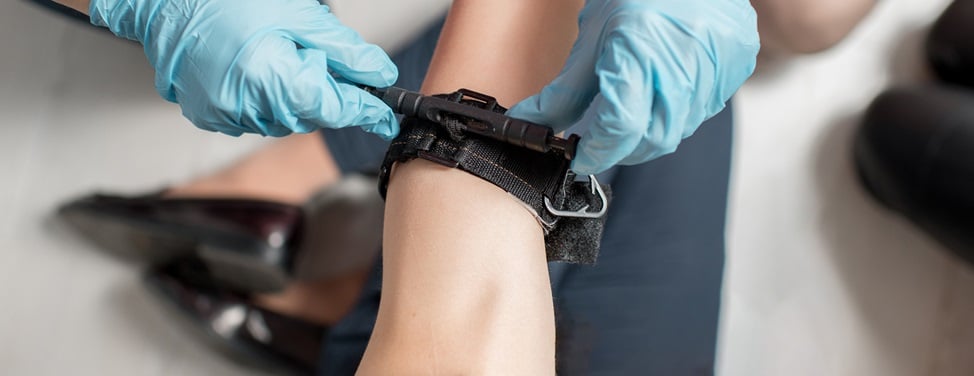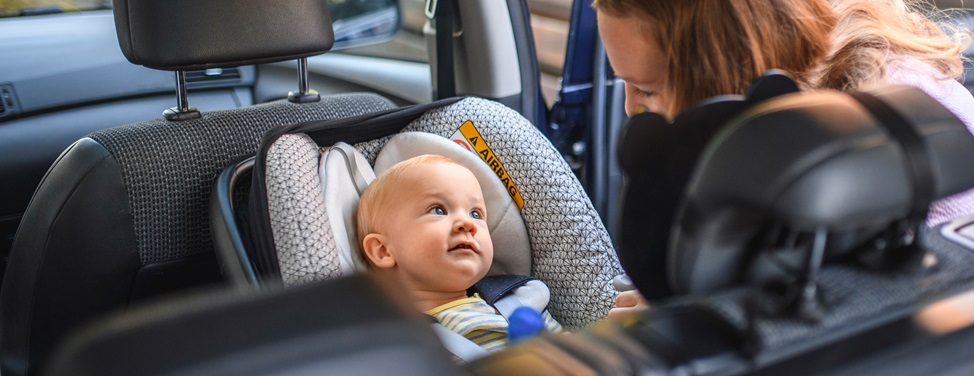Each year, more than 3,500 swallowing cases of all sizes and types of button batteries are reported to U.S. poison control centers.
The number of cases where children have been seriously hurt or have died quadrupled in five years (2006-2010) compared to the five years prior (2001-2005).
When a coin lithium button battery gets stuck in a child’s throat, the saliva triggers an electrical current. This causes a chemical reaction that can severely burn the esophagus in as little as two hours.
Symptoms of coin-sized button battery ingestion may be similar to other childhood illnesses, such as coughing, drooling, and discomfort.
Once burning begins, damage can continue even after the battery is removed.
Prevention
Kids under 4 are at the greatest risk. Many coin-sized button batteries can appear “invisible” to parents because devices come with the batteries already installed. Keep your children safe:- Look in your home for any items that may contain coin-sized button batteries.
- Place devices out of sight and out of reach of small children.
- Keep loose or spare batteries locked away.
- Share this life-saving information with caregivers, friends, family members and sitters.
Treatment
Keeping these batteries locked away and secured in devices is key, but if a coin-sized button battery is swallowed, you should follow these steps:
- Go to the emergency room immediately. Tell doctors and nurses that it might be a coin-sized button battery.
- If possible, provide the medical team with the identification number found on the battery’s package.
- Do not let the child eat or drink until an X-ray can determine if a battery is present.
- Do not induce vomiting.
Do you have a remote for your car? Remote controls in your home? Hearing aids? Watches?
Your child is in very real danger if you do not guard these items safely, since many contain button batteries. If swallowed, stuck in an ear or a nose, your child only has a couple of hours before permanent, even deadly, damage is done. Button batteries can be found in small remotes, car key fobs, mini remotes that control MP3 speakers, calculators, bathroom scales, reading lights, flameless candles, talking and singing books, singing greeting cards, watches, thermometers, hearing aids, flashing jewelry, ornaments, games and toys.
If a coin lithium button battery gets stuck in a child’s throat, the saliva triggers an electrical current. This causes a chemical reaction that can severely burn the esophagus in as little as two hours. Damage can continue even after the battery is removed. Repairing the damage is painful and can require a feeding tube, breathing tubes and multiple surgeries. Spotting the problem is difficult. Children can usually breathe with the battery in their throat.
Take a few minutes to place a piece of duct tape over the battery cover to prevent small children from accessing the battery. Make sure that your purse and the bags of visitors are stored securely away from a child's reach.
Carefully review your home as well as the homes of any caregivers for possible dangers from devices with button batteries. Ensure that the devices are kept out of sight and reach of children. Share this life-saving information with caregivers, friends, family members, and sitters. It could save a life.
If you suspect your child has ingested a battery, go to the emergency room immediately and quickly make them aware of your situation. Don’t induce vomiting or have your child eat or drink anything until assessed by a medical professional.
Enter the National Poison Center Hotline (1-800-222-1222) into your phone right now. Call anytime for advice and treatment information.












































